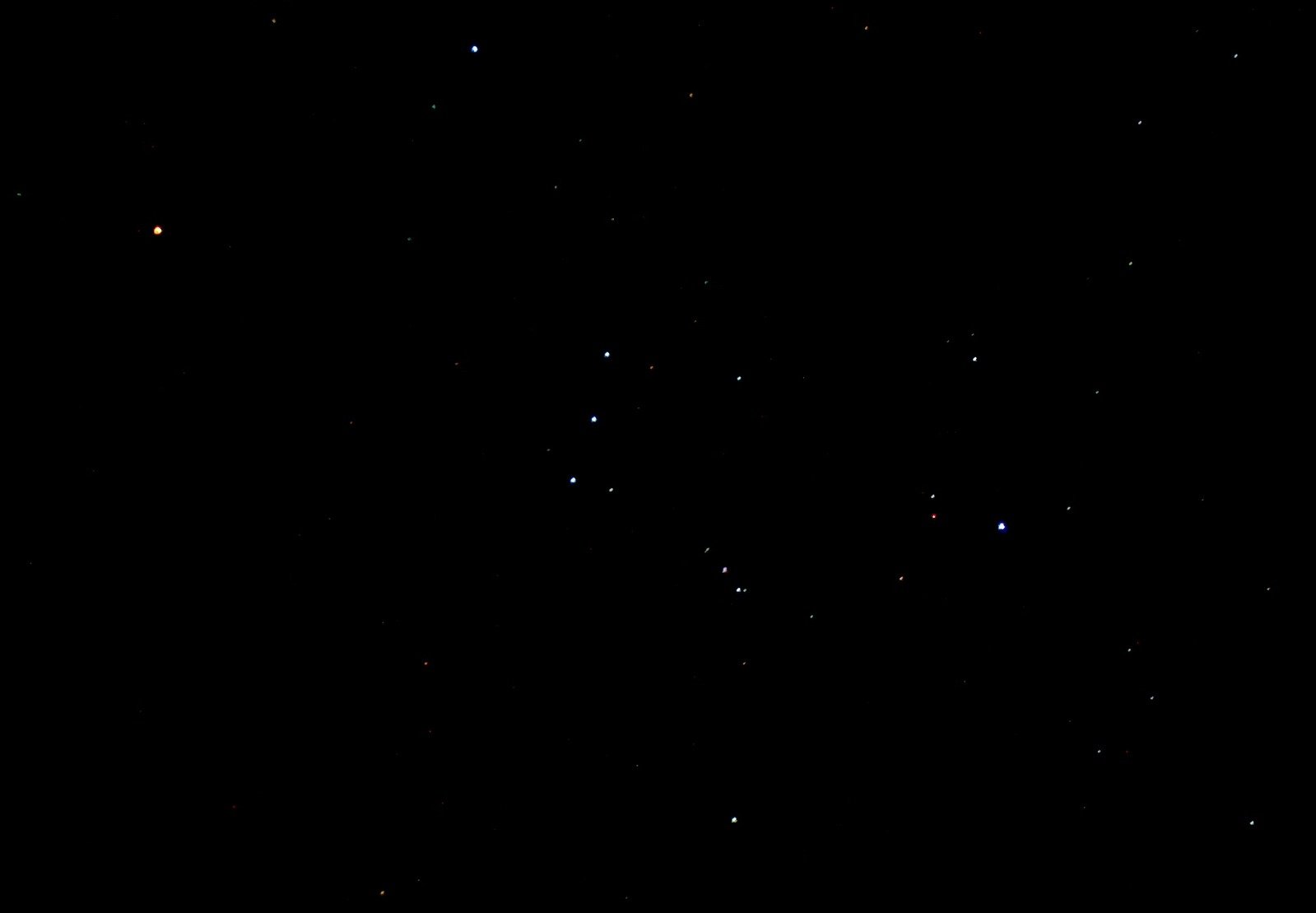Ever since Betelgeuse appeared in the sky this October, many of us cannot help asking: Is the star’s greater-than-usual dimming a sign that it will soon explode as a supernova?
Orion the Hunter
Constellation of Orion the Hunter is one of the most recognizable features of the night sky. It dominates the Northern Hemisphere heavens in the Winter and Southern Hemisphere’s in the Summer. Although the constellation contains over 1000 stars (see List of stars in Orion), only a handful of them can be seen with the unaided eye. But even if you live in a very light polluted area, you can always spot the hourglass shape of Orion’s body framed by the stars Rigel and Betelgeuse, with a famous Orion’s Belt in the centre.
Not only Rigel and Betelgeuse are the brightest stars in Orion, but also some of the brightest stars in the night sky, 7th and 11th brightest respectively.
Betelgeuse
But things haven’t been the same ever since Orion showed up in the sky this Autumn. Betelgeuse keeps getting dimmer and dimmer! And the one big question that bothers professional and amateur astronomers alike is: will it soon explode as a supernova?
Now, Betelgeuse is not just any star. It is a massive cool red supergiant star* (red supergiants are the biggest of all stars though not necessarily the heaviest) at least 700 times the size of our Sun. Luckily, Betelgeuse is situated a whooping 600 light years away from us. Whenever it explodes, we will be safe!
Why do big stars explode?
For most of its life a star fuses hydrogen into helium. But the “dying” supergiant stars have already used up all the hydrogen fuel in their cores (although they continue to burn the leftover hydrogen in the outer layers). When there is no more hydrogen in the core to burn, the inner pressure can no longer counterbalance gravity and, as a result, the core contracts. The temperature in the core rises and a fusion of heavier elements begins. First, helium fuses into carbon. When helium is used up, the fusion stops, the core contracts once more, heats up, and a carbon fusion starts. The process repeats with various elements down the Periodic Table.The last and the fastest stage, fusion of silicon into iron, only lasts one day. Once the star has got an iron core, that’s it! Unlike the fusion of lighter elements, Iron fusion consumes energy. Therefore the core quickly collapses and a star explodes as a supernova.
“Flickering” giants
Red supergiant is a relatively short but busy stage of a star’s life. Because a lot is going on inside a star, it does not shine steadily, but changes brightness over time. In other words, most red supergiants are usually VARIABLE stars, either semiregular (their brightness changes more or less periodically with some irregularities) or slow irregular (no periodicity in light changes is noted, though often that means the star hasn’t been observed long enough) .
Betelgeuse is a famous semiregular variable star. It has two distinctive variability periods of 423 days and 5.9 years. But this time Alpha Orionis looks dimmer than you and I have ever seen it before! Some observers take it as a sign that the star is quickly approaching the end of its life and will soon explode. But astronomers are more skeptical. As much as we would love to see a supernova explosion in our lifetime, Betelgeuse might hold on for a bit longer. Another year, perhaps. Or, most likely, a hundred thousand years. Based on previous observations, it looks like Betelgeuse is approaching the end of its deep minimum! Astronomers think it will be “back to normal” by February. For more details see Betelgeuse at the end of 2019: an historical minimum about to end.
When the star finally goes supernova, it will get about as bright as the full Moon! But we probably will not be around to see it!
Fun fact
If Betelgeuse goes supernova tomorrow, that means the star has actually been “dead” for the past 600 years. (It takes light from Alpha Orionis over 600 years to reach the Earth.) Is that mind boggling or what?
For more mind boggling space news read out other Astronomy blog posts or visit one of our inflatable planetarium space shows!

